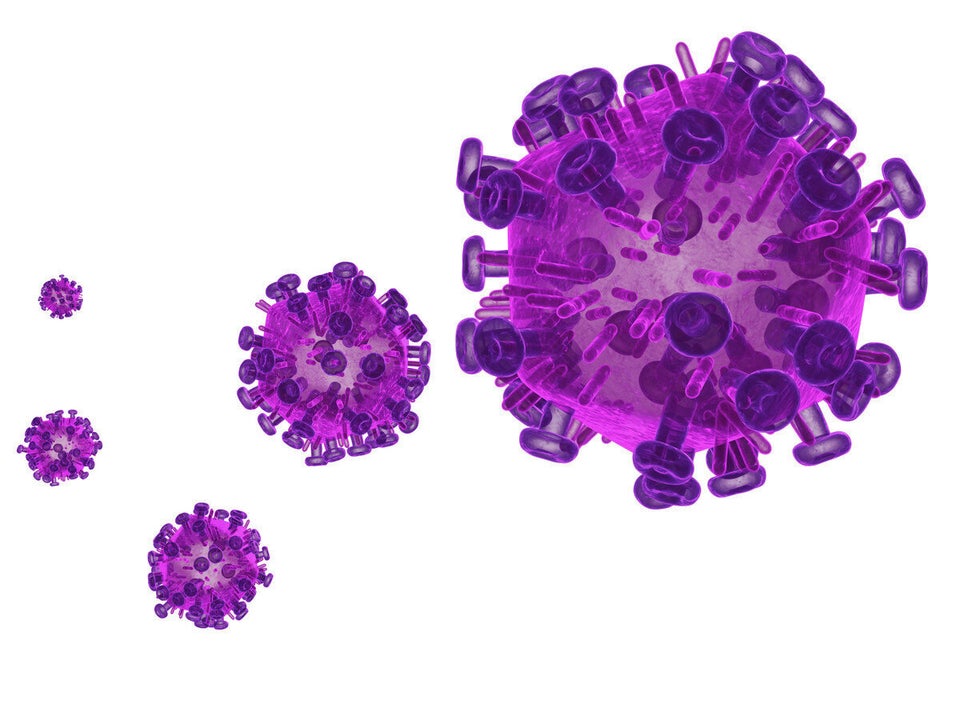Where does Canada stand in realizing the dream of being AIDS-free?
Globally, there is good news. The World Health Organization (WHO) reports that in 2012, 13 countries, many in the African continent, showed an annual growth in the number of people on anti-retroviral therapy outpacing the number of new HIV infections. This 'tipping point' is a welcome development and an important step toward the ultimate goal of 'getting to zero': zero new infections, zero AIDS-related deaths and zero discrimination.
There is no comparable statistic to provide insight into Canada's situation. There is, however, substantial cause for optimism. New knowledge, and new tools at our disposal, point the way to our 'getting to zero.'
Newer medications for people living with HIV are easier to take and have fewer side effects, making HIV treatment more manageable and allowing people to have a near-normal life expectancy.
There is an indisputable link between treating people and preventing transmission. Staying on anti-HIV drugs greatly lessens the likelihood of HIV being transmitted. So increasing accessibility to testing and beginning treatment earlier will help stop new infections.
What may not be commonly known, also, is that there are medications that can be taken after exposure to HIV and, as a preventative measure, before exposure, that can help reduce the likelihood of infection.
We know that diagnosing HIV at an earlier stage has huge potential health outcomes in reducing transmissions. Researchers estimate that the risk of transmitting HIV to another person from one act of unprotected sex is 26 times higher during the first three months after infection than during the months and years that follow. Research also indicates that once diagnosed, the vast majority of individuals take steps to avoid infecting others.
We also know that healthcare and community-based frontline service providers coordinating their services, addressing both medical issues and social factors such as income and housing, is essential for providing the necessary support for sustained, healthful living. Fortunately, there are many examples of coordinated healthcare and community-based services in most provinces.
Adhering to medications has the potential to bring about very positive results in the overall population. The thinking is that if you increase the number of HIV-positive people on treatment, you lower the total amount of virus circulating in a community and, ultimately, reduce the number of new HIV infections. This concept, known as "treatment as prevention," has been employed in British Columbia where the province has reported reduced HIV incidence rates.
The B.C. success story, however, can also be attributed to a significant investment in harm reduction interventions in Vancouver. Fortunately, all provinces have needle exchange programs, and in at least two (Ontario and Quebec), serious efforts are underway to institute supervised injection sites, following the beneficial model of Insite in Vancouver.
So where do we go from here? Our prescription is that Canada must:
Increase access to testing, in more settings and by diverse care-providers;
Increase interventions in communities with particularly high prevalence of HIV infection;
Provide both medical and social supports to help engage individuals in treatment and care; and
Muster resources, creativity and professional acumen to provide more integrated service delivery across the spectrum of healthcare and community-based organizations.
This will go a long way to reaching people, including the estimated 25 per cent of those with HIV in Canada who are undiagnosed, and to achieving the goal of an AIDS-free society.
This blog is part of a World AIDS Day series produced by the Interagency Coalition on AIDS and Development (ICAD) in recognition of World AIDS Day (Dec 1). The series runs from Dec. 1-7, 2013 and will feature a selection of blogs written by our member and partner organizations. Each day of the week will address a specific, yet broad topic area, and offer different perspectives and insight on what must be done to achieve the UNAIDS campaign of "Getting to Zero." Disclaimer: The views and opinions expressed in this blog series are those of the authors and do not necessarily reflect those of ICAD."
ALSO ON HUFFPOST:
